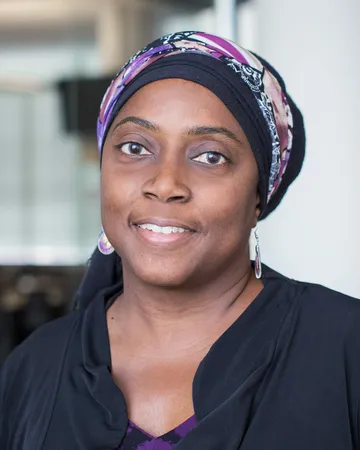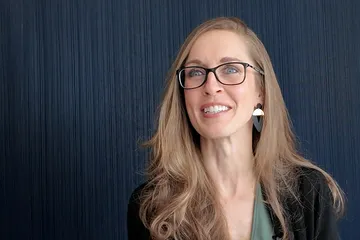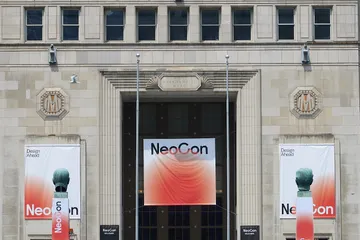The DEI Challenge

Earlier this year, Kahler Slater made an intentional addition to our core values to include Diversity. As part of our commitment to Diversity, Equity and Inclusion (DEI), we have committed to The National Organization of Minority Architects Wisconsin Chapter’s DEI Challenge. We spoke with Kahler Slater’s Marion Clendenen-Acosta who currently serves as the Chapter’s President about the challenge, why DEI is good for business, and the opportunity for our industry to promote and support this effort.

Tell us more about the Wisco NOMA DEI Challenge.
The DEI Challenge is an initiative collaboration between Wisco NOMA and AIA Wisconsin. The intention is to challenge design firms in Wisconsin to commit to actively take steps towards fostering environments that supports racial justice, social responsibility, diversity, and inclusion. The Challenge identifies 10 actions, or areas, that firms can engage in order to promote diversity, equity and inclusion within their own practice as well as within their clients’ projects. These range from partnering with Black-owned architecture firms to deliver projects, to providing internships to Black and underrepresented people of color, to providing pro-bono work to underserved communities.
Kahler Slater is committed to this journey. As a firm, we truly value our ability to enrich life through the places we design. The DEI Challenge provides us with the framework to further our vision in a more intentional way, and to design spaces which foster diversity and inclusion.
Why should companies care about DEI?
First and foremost, it is imperative that companies acknowledge the role they each play in addressing social justice aspects of diversity, equity and inclusion within the profession. We also need to continue to learn and share more about the business case for DEI. Research over the years has indicated that companies who place an emphasis on DEI find tangible value in everything from employee recruitment and retention to better decision-making. For example, after researching inclusive decision making, Forbes Magazine found that companies who engaged a diverse group of employees in decisions yielded 60% better results with decisions being made 2x faster within half the meetings. By instilling the bottom-line value of DEI hand-in-hand with the moral and human aspect, we will make sustained progress.
Where do you see the biggest opportunity for design firms to promote diversity, equity and inclusion?
It’s encouraging to see the renewed focus and energy around diversity, equity and inclusion within our industry and the nation. What will be critical is sustained commitment, action and improvement. There are many ways that firms and those in the AEC profession can support and do their part to foster real change as outlined in the 10 DEI Action Areas; creating space at the table for all voices to participate, be heard and be part of the solution to the issues we all face.

